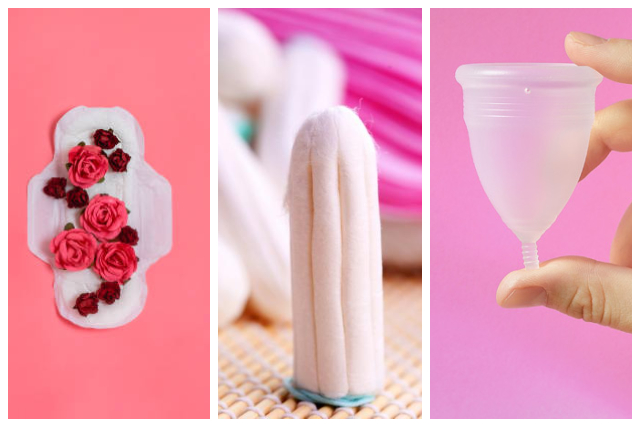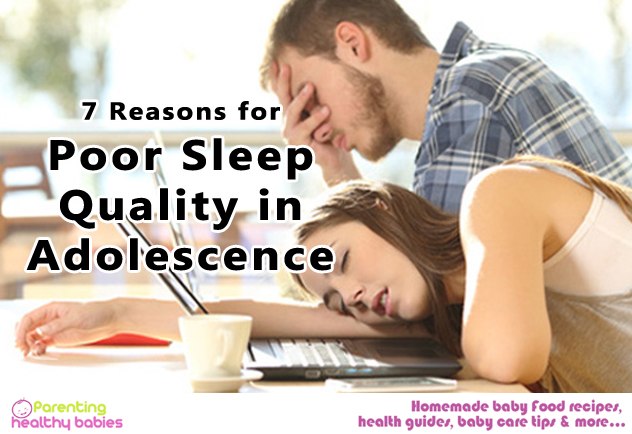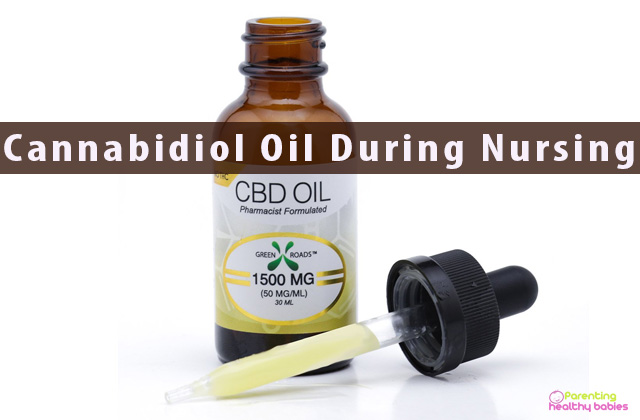Which one should you go for- tampons vs pads vs menstrual cups? Initially, women used to wear cloth napkins in their periods. Then, with the arrival of disposable sanitary pads, their periods become less messy. The pads gradually became slimmer, developed “wings” and could turn liquid to gel. However, swimming was still difficult with the pad on. Rashes and chafing were also experienced. Now came finger-sized tampons, far less messy and far neater than pads. But tampons soaked up the minimum needed lubrication of the vaginal walls. Hence, menstrual cups were born.
Read More: 11 Best Tips for Rash-Free Period
In this article:
Pros and Cons of Tampons
Pros and Cons of Sanitary Pads
Pros and Cons of Menstrual Cups
Pads, Tampons, Cups: What’s Best for Your Period?
Pros and Cons of Tampons
Tampons are small cotton plugs designed for fitting inside the vagina and soaking up menstrual blood. Some tampons have an applicator for help in insertion. They also have a string at their end to help to pull them out easily. Tampons vs pads pros cons are the most distinct in the sanitary hygiene market.
Pros
-
No blood outside
Before your blood comes out from the vagina, the tampon soaks it. So you don’t need to deal with period blood in the panties whenever you have to change or pee.
-
Discreet
Tampons are small and sleek enough to carry around easily. They can easily fit into your pocket. This is one of the main benefits of tampons vs pads.
Read More: 11 Best Apps to Track Your Period Menstrual Cycle
-
Comfort
Women who use tampons find that they are hardly felt after insertion. They can conveniently go about their tasks.
-
Lesser period days
Since tampons soak up the blood right when it drains from your cervix, they are known to decrease bleeding days. You only need a liner on the 4th day.
Cons
-
First-time struggle
If you’re using tampons for the first time, you may have difficulty inserting them even if you lie down, squat or lunge to get the right position. You may also feel pain or discomfort while inserting them.
Read More: Premenstrual Syndrome (PMS): Symptoms, Causes and Treatment
-
TSS
When it comes to tampons vs pads health, pads win in one way. Tampons may result in TSS by potentially soaking up the vagina’s natural lubrication. This causes dryness and sometimes, Urinary Tract Infections (UTIs).
-
Struggle to pee
Since tampons go inside your vagina, they shouldn’t block the urethra. However, a full tampon might push against the vaginal wall. It may make your pee stream a bit thinner.
-
Contains bleach
Tampons have harmful bleach. Tampons contain absorbent material in layers which may get shredded and stuck to the inner lining of your vaginal walls.
Pros and Cons of Sanitary Pads
Sanitary pads, or simply pads are narrow pieces of wearable material, supposed to stick to women’s underwear. Pads often have flaps (called “wings”) folding over the sides of your underwear. These prevent staining and leakage of blood. Pads may be made of disposable material (to be thrown away after using once) or fabric material (to be washed and reused). Many women tend to compare pads and tampons. Regarding pads vs tampons, Reddit can offer you important opinions based on the experience of several users.
Pros
-
Painless insertion
Many women don’t like to insert anything artificial in their vaginas. Since pads involve no such insertion, they are quite preferred.
-
No staining
Wearing a pad for more than a day or wearing underwear which doesn’t hold it properly may cause staining. But pads cover the crotch area of your panty, preventing stains. Also, they absorb more than cloth pads having the same thickness and/or size.
-
No TSS
Pads let your menstrual blood to flow naturally and don’t absorb lubrication from the vagina. So pads wouldn’t lead to Toxic Shock Syndrome (TSS). This bacterial infection happens if you leave your tampon inside too long, which absorbs your natural lubricants protecting the vagina against infections.
Cons
-
Has bleach
Like tampons, pads have bleach, posing the risk of cancer. If you use pads for 20-30 years at a stretch, you may get ovarian cancer or cervical cancer from low levels of chemical contaminants (like dioxin).
-
Infection
Not changing your pad frequently may cause an infection.
-
Rash
You can get a pesky rash if your legs are constantly chaffed due to physical activities throughout the day.
-
Not environment-friendly
Pads aren’t biodegradable. They take about 500 years to decompose completely.
Pros and Cons of Menstrual Cups
Menstrual cups look like small bowls or bells. They are usually made of rubber, soft plastic or silicone. You need to wear it inside the vagina so that it can collect menstrual blood. Menstrual cups are mostly reusable. They can be emptied when required, washed and used again. Other menstrual cups are disposable, i.e., can be thrown away after every period cycle or every use.
Pros
-
No TSS
Menstrual cups only collect period blood that gets drained from your cervix. They don’t soak in anything, unlike tampons.
-
No chemicals
There are no chemicals, bleaches or fibres in menstrual cups. This makes them less risky than tampons and pads.
-
Fewer changes
Women have to change menstrual cups less often than tampons and pads. That’s because the cup can hold up to 30ml of blood. The average woman drains about 40-60ml of period blood each cycle.
-
Non-messy sex during period
As menstrual cups directly collect period blood, there is no blood in the first few inches of your vagina. So you can have non-messy sex while your periods on.
-
Environment-friendly
You can use a menstrual cup for about 6-10 months. So, it’s a highly environment-friendly sanitary product.
Cons
-
Difficult insertion
Many women find it harder to insert menstrual cups than tampons. But the material of the cup is flexible and soft. So you can insert it easily with correct education.
-
Cleaning problem
Cleaning menstrual cups can be tiring as you have to sterilize your cup every time you change. This will prevent you from getting infected. Don’t use soap as an easy way out.
Conclusion
Try and compare the advantages and disadvantages of all the three sanitary hygiene products- tampons vs pads vs menstrual cups. Only then, you’ll find the best choice for you.
Reference
https://www.healthywomen.org/content/article/tampons-pads
https://www.plannedparenthood.org/learn/health-and-wellness













